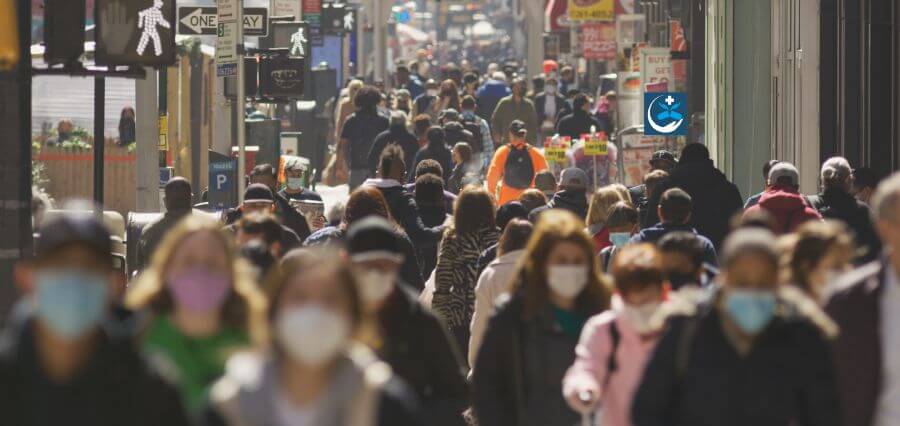As the world grapples with the ongoing COVID-19 pandemic, new strains of the virus are emerging globally, raising concerns among health professionals about a potential surge in cases during the summer months, four-and-a-half years after the initial outbreak.
The FLiRT variants, named after the mutations in their genetic code, have been gaining traction in the U.S. and Europe as the coronavirus continues to evolve from earlier strains. These new variants are descendants of the previously dominant JN.1 variant, an offshoot of the omicron strain. While there is currently limited evidence suggesting increased severity, the FLiRT variants appear to have independently acquired the same set of mutations, according to the Johns Hopkins Bloomberg School of Public Health.
In the U.S., the KP.2 strain has become the dominant variant, accounting for 28.2% of all cases in the two weeks leading up to May 11, a significant increase from 3.8% at the end of March, shortly after its initial detection. Additionally, cases of KP.1.1, another FLiRT variant, have risen to 7.1% of current infections, as reported by the Centers for Disease Control and Prevention (CDC).
Europe has also witnessed a rise in cases, with the new variants detected in 14 countries. The World Health Organization (WHO), in its latest update earlier this month, stated that while cases remain limited in all reporting countries, individual nations are experiencing “slight increases in detections from very low levels.”
The U.K. Health Security Agency is closely monitoring data related to the new variants both domestically and internationally, assessing their severity and the ongoing effectiveness of vaccines. However, the agency has not changed its wider public health advice at this time.
Jennifer Horney, a professor of epidemiology at the University of Delaware, suggests that while the new strains are unlikely to cause a major wave of infections on par with past surges when public immunity was lower, they will likely lead to an uptick in cases during the upcoming summer months.
As the world continues to navigate the evolving COVID-19 landscape, health authorities remain vigilant in their efforts to monitor the situation, adapt public health strategies, and ensure the well-being of communities worldwide.
Read More: Click Here







